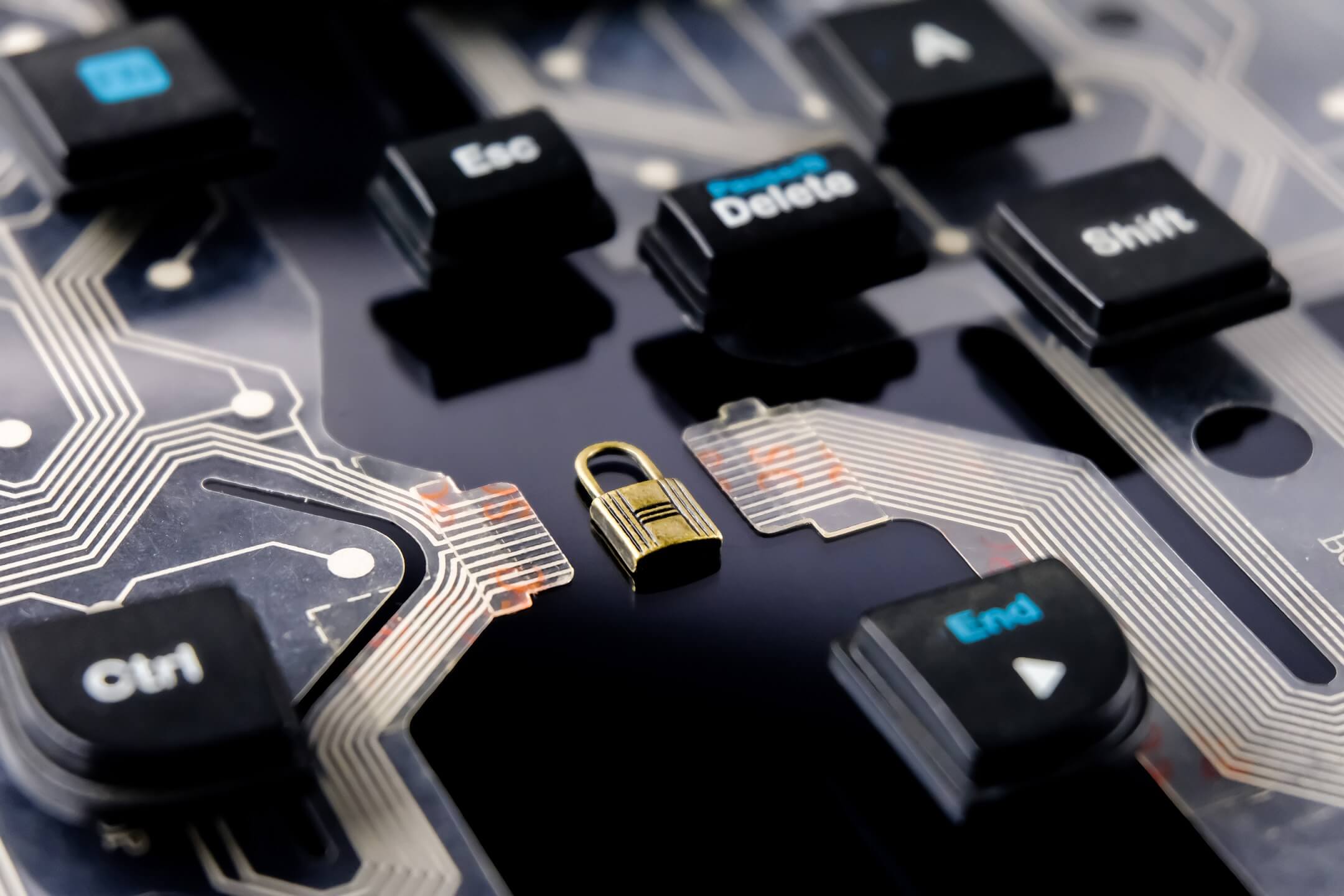In today’s interconnected world, our digital accounts contain unprecedented amounts of personal and financial information. From banking and investments to social media and email, these accounts represent both convenience and vulnerability. At Fortress Solutions Group, we’ve seen firsthand how proper account security can prevent devastating breaches and identity theft. Here are essential practices everyone should implement to protect their online presence.
Create Strong, Unique Passwords
The foundation of account security begins with proper password management:
Use lengthy, complex passwords: Create passwords with at least 16 characters that include uppercase letters, lowercase letters, numbers, and special characters. Consider passphrases—strings of random words with numbers and symbols—which are both more secure and easier to remember than traditional complex passwords.
Never reuse passwords: Each account should have a completely unique password. Password reuse means that a single breach can compromise multiple accounts simultaneously.
Implement a password manager: Password managers generate, store, and automatically fill strong, unique passwords for all your accounts. They encrypt your password vault with a single master password—the only one you’ll need to remember.
Regularly audit your passwords: Periodically review your accounts and update passwords, especially for critical services like banking, email, and cloud storage.
Enable Multi-Factor Authentication (MFA)
Adding additional layers of authentication dramatically increases security:
Enable MFA everywhere available: Virtually all major services now offer MFA options—always enable them, especially for email, financial, and social media accounts.
Use authenticator apps rather than SMS: While text message verification is better than nothing, authenticator apps provide stronger security since SMS can be intercepted through SIM swapping and other techniques.
Consider hardware security keys: For maximum security, USB security keys like YubiKey or Titan Security Key provide robust protection against phishing and account takeovers.
Backup authentication methods: Save recovery codes in a secure location and set up backup authentication methods to prevent lockouts if your primary method is unavailable.
Manage Account Recovery Options

Account recovery systems can become security vulnerabilities if not properly configured:
Use unique, hard-to-guess security questions: Avoid questions with answers that could be found through social media or public records. Consider using fictitious answers that only you would know.
Secure your recovery email: The email address used for account recovery should be especially well-protected with strong authentication.
Provide a recovery phone number: Adding a phone number to your account can help verify your identity during recovery processes.
Document recovery procedures: For critical accounts, understand and document the recovery process before you need it.
Practice Safe Login Habits
Your login behavior significantly impacts account security:
Verify website authenticity: Before entering credentials, confirm you’re on the legitimate website by checking the URL and security certificate (look for the padlock icon and https://).
Avoid public computers: When possible, don’t log into sensitive accounts from public or shared computers. If necessary, use private browsing mode and clear all browser data afterward.
Be wary of public Wi-Fi: Use a VPN when connecting to public networks, especially when accessing sensitive accounts.
Log out completely: After finishing your session, fully log out of accounts rather than simply closing the browser window.
Check active sessions: Periodically review active sessions or devices for your important accounts and remove any unrecognized connections.
Protect Your Personal Information
Limiting information exposure reduces account takeover risks:
Minimize public information: Regularly review your social media privacy settings and limit the personal details visible to the public.
Use privacy-focused email practices: Consider using different email addresses for different purposes—separate addresses for financial accounts, shopping, social media, and newsletters.
Be cautious with personal identifiers: Avoid sharing your full birth date, home address, or phone number unnecessarily online.
Guard against social engineering: Be suspicious of unexpected contacts requesting personal information, even if they appear to come from legitimate sources.
Keep Your Devices and Software Secure
Account security depends on the security of your devices:
Enable automatic updates: Keep your operating system, browsers, and apps updated with the latest security patches.
Use legitimate antivirus/anti-malware: Install reputable security software on all devices and keep it updated.
Enable device encryption: Encrypt the storage on your computers, phones, and tablets to protect data if devices are lost or stolen.
Set up remote wipe capabilities: Configure your devices to allow remote data deletion if they’re lost or stolen.
Lock your screens: Use strong passwords, PINs, or biometric authentication for device access, with short automatic screen-locking timeouts.
Monitor Your Accounts
Regular vigilance helps detect breaches quickly:
Review financial statements: Check bank and credit card statements regularly for unauthorized transactions.
Enable account notifications: Set up alerts for logins, password changes, and unusual activities for important accounts.
Check for known breaches: Use services like Have I Been Pwned to see if your email has been involved in known data breaches.
Monitor your credit: Review your credit reports regularly and consider credit monitoring services to catch identity theft early.
Create a Tiered Security Approach
Not all accounts require the same level of protection:
Identify your most critical accounts: Email, financial services, and cloud storage typically warrant the highest security measures.
Apply appropriate security levels: Implement the strongest protections for critical accounts and maintain reasonable security for less sensitive services.
Consider your security ecosystem: Remember that interconnected accounts can create dependencies—an email compromise can lead to password resets across multiple services.
Respond Quickly to Security Incidents
If you suspect a compromise, prompt action is essential:
Change compromised passwords immediately: Update passwords for affected accounts and any others sharing similar credentials.
Contact the service provider: Report unauthorized access to the relevant company.
Monitor connected accounts: Check accounts that might be affected through connected services or similar credentials.
Consider identity theft protection: For serious breaches, services that monitor your identity and assist with recovery can be valuable.
Conclusion
At Fortress Solutions Group, we emphasize that account security is an ongoing process rather than a one-time setup. By implementing these practices consistently across your digital life, you significantly reduce the risk of account compromise and protect your personal and financial information from increasingly sophisticated threats.
Remember that security and convenience often represent a tradeoff—the slight inconvenience of stronger security measures is far outweighed by the potential consequences of account compromise. By making these practices part of your routine, you create a substantial barrier against the most common attack methods targeting personal accounts.



